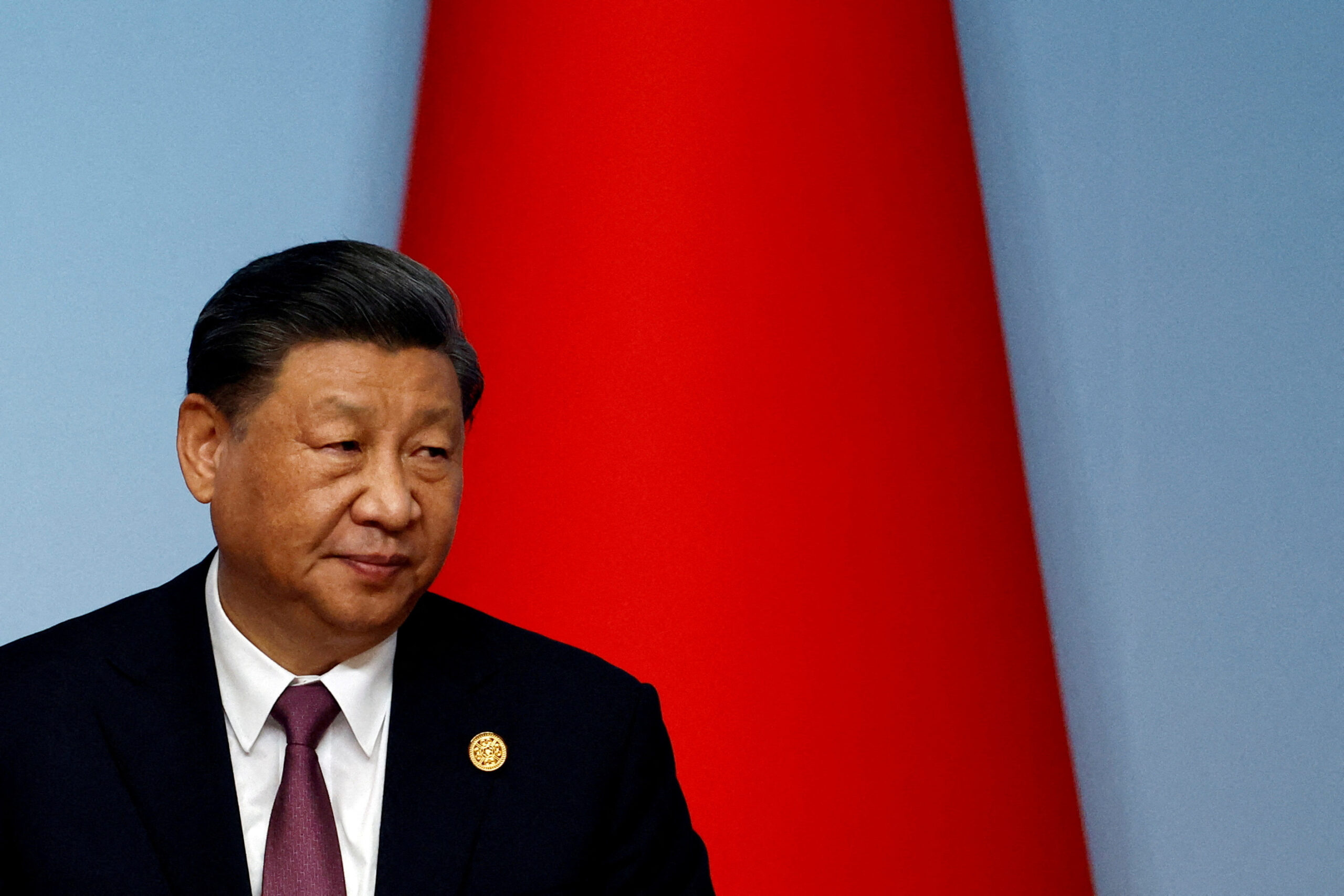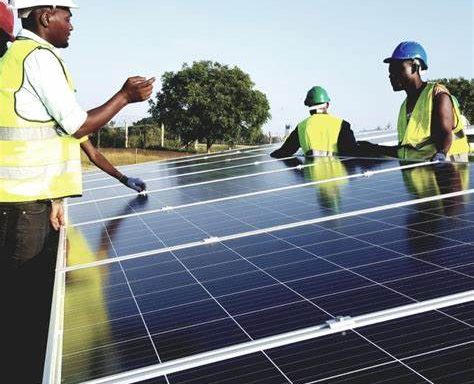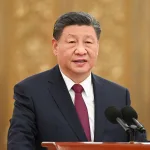A US report on China’s military power revealed that Beijing is outpacing previous projections in the rapid buildup of its nuclear weapons.
The report, released on Thursday, also expressed concerns that China might be pursuing a new intercontinental missile system with conventional arms capable of threatening targets in the continental United States, Hawaii, and Alaska.
Join our WhatsApp ChannelThe report said: “China is almost certainly learning lessons from Russia’s war in Ukraine about what a conflict over Taiwan might look like.”
According to APnews, this report comes just a month before the expected meeting between Chinese leader Xi Jinping and President Joe Biden, adding a layer of urgency to the discussions.
The annual report is a crucial measure used by the Pentagon to assess China’s military capabilities, which the U.S. government sees as its primary long-term security challenge and a threat in the region.
Despite shifts in focus due to global events, such as Hamas’s attacks on Israel, the Pentagon’s national defense strategy remains centered around China as the most significant security challenge for the United States. This assessment is shaping how the U.S. military is equipped and prepared for the future.
READ ALSO: UK May Move Nuclear Subs Abroad If Scotland Breaks Away
The report builds on last year’s warning that China was modernizing its nuclear force, aiming to match or surpass U.S. global power by mid century. Last year’s report projected that China could nearly quadruple the number of warheads to 1,500 by 2035. The 2023 report now suggests that China is on pace to field more than 1,000 nuclear warheads by 2030, in line with Xi’s goal of having a “world-class” military by 2049.
Notably, the U.S. does not adhere to a “no first use” policy for nuclear weapons, while China maintains such a policy with some possible exceptions. This distinction raises questions about the circumstances under which China might consider using nuclear weapons.
China’s increasing military, diplomatic, and economic pressure on Taiwan and its regional neighbors is a point of concern, further escalating tensions. Beijing’s vow to bring Taiwan under its control, even by force if necessary, has prompted the U.S. to provide significant military support to Taiwan to bolster its defenses.
While China insists on its defensive military policy, the report also highlights the increasing harassment of U.S. warplanes in international airspace by Chinese aircraft. These actions contribute to a growing focus on China’s activities in the region and their potential consequences.
In summary, the Pentagon’s report underscores the urgency of addressing China’s expanding nuclear arsenal and the evolving security landscape in the Asia-Pacific region, with important implications for the U.S. and its allies. The lessons learned from Russia’s actions in Ukraine are serving as a reminder of the complexities of managing such challenges on the world stage.
Emmanuel Ochayi is a journalist. He is a graduate of the University of Lagos, School of first choice and the nations pride. Emmanuel is keen on exploring writing angles in different areas, including Business, climate change, politics, Education, and others.



















Follow Us